Archives
- 2025-12
- 2025-11
- 2025-10
- 2025-09
- 2025-03
- 2025-02
- 2025-01
- 2024-12
- 2024-11
- 2024-10
- 2024-09
- 2024-08
- 2024-07
- 2024-06
- 2024-05
- 2024-04
- 2024-03
- 2024-02
- 2024-01
- 2023-12
- 2023-11
- 2023-10
- 2023-09
- 2023-08
- 2023-07
- 2023-06
- 2023-05
- 2023-04
- 2023-03
- 2023-02
- 2023-01
- 2022-12
- 2022-11
- 2022-10
- 2022-09
- 2022-08
- 2022-07
- 2022-06
- 2022-05
- 2022-04
- 2022-03
- 2022-02
- 2022-01
- 2021-12
- 2021-11
- 2021-10
- 2021-09
- 2021-08
- 2021-07
- 2021-06
- 2021-05
- 2021-04
- 2021-03
- 2021-02
- 2021-01
- 2020-12
- 2020-11
- 2020-10
- 2020-09
- 2020-08
- 2020-07
- 2020-06
- 2020-05
- 2020-04
- 2020-03
- 2020-02
- 2020-01
- 2019-12
- 2019-11
- 2019-10
- 2019-09
- 2019-08
- 2019-07
- 2019-06
- 2019-05
- 2019-04
- 2018-11
- 2018-10
- 2018-07
-
br Introduction Benzanthrone BNZ is a dye intermediate used
2021-05-24
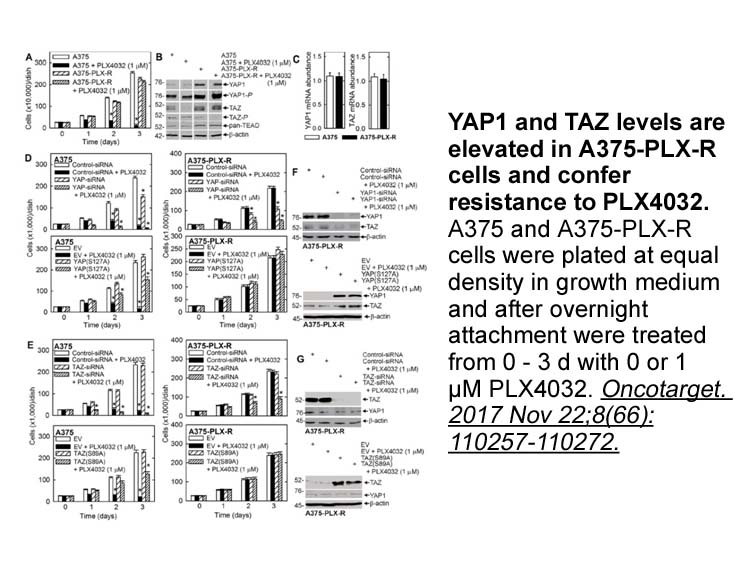
Introduction Benzanthrone (BNZ) is a dye intermediate used in the synthesis of number of polycyclic vat and disperse dyes. It has been detected as an environmental pollutant in urban ambient air particulates, originating from furnace effluents, municipal refuge, wood and coal combustion and autom
-
Currently no evidence supports pathogenic variants in exons
2021-05-24
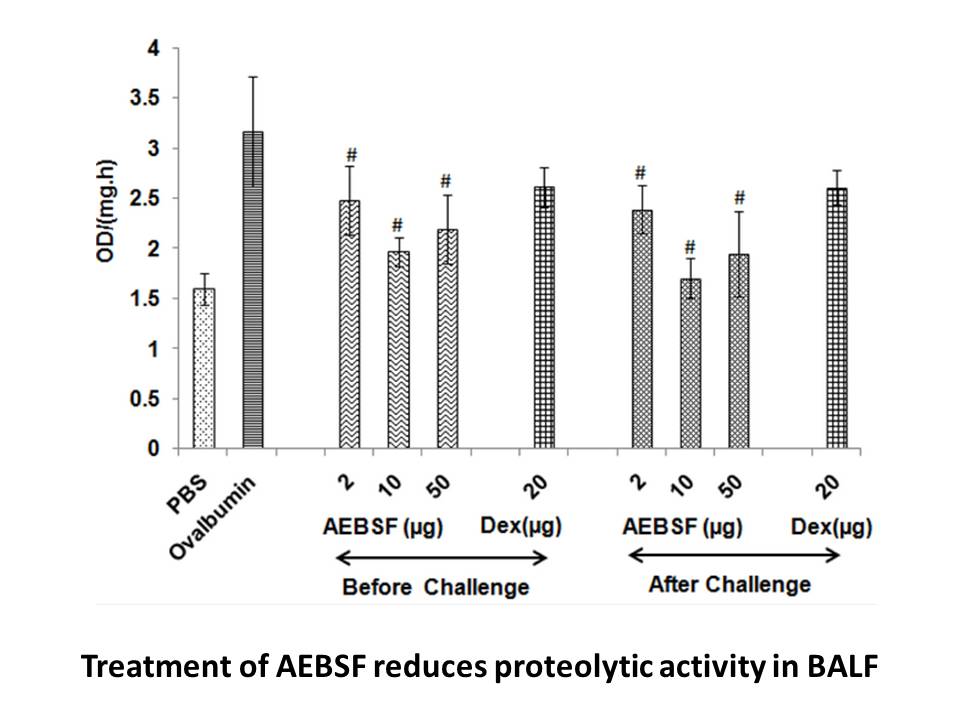
Currently, no evidence supports pathogenic variants in exons 20, 21, and 22, which are part of transcript isoform hCDKL5_5, or within exon 17, which is part of transcript isoform hCDKL5_2. The pathogenicity of variants in the 5′ untranslated region remain uncertain except for deletions extending to
-
Nogo-66 (1-40) A related cell based approach was
2021-05-24
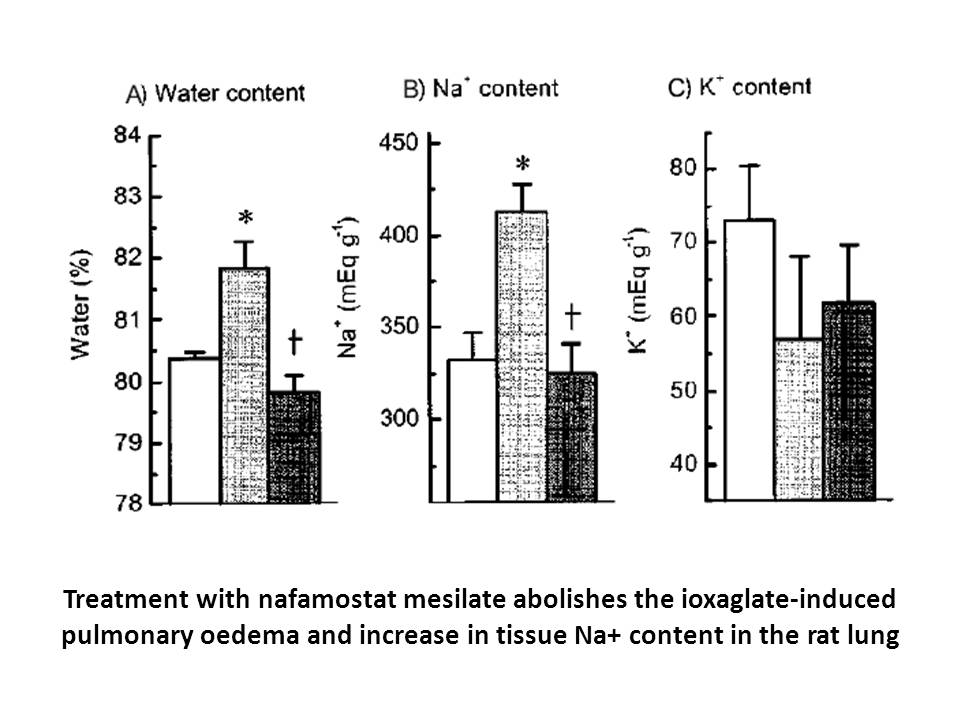
A related, cell-based approach was used to test the functionality of the various HIV Rev fusions, but in a trans-complementation assay using 293T producers transfected with both VSV G and a Rev-deficient HIV reporter vector encoding both FFLUC and bsd (Fig. 2C). As expected, the non-fused, full-leng
-
Taking into account that a PFOS inhibits
2021-05-24
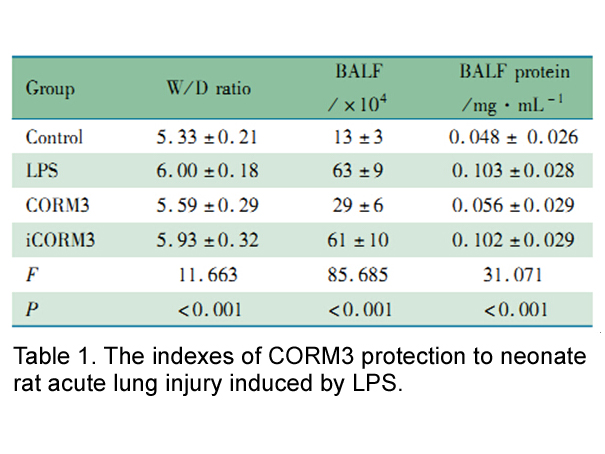
Taking into account that: (a) PFOS inhibits CRF gene expression as well as CRF and corticosterone secretion (Pereiro et al., 2014); (b) CRF1r mediates the stimulation of the pituitary ACTH secretion by this neuropeptide (Rivier et al., 2003); (c) corticosterone regulates its own synthesis by a negat
-
In previous works Gotor Vila et al c differences in
2021-05-24
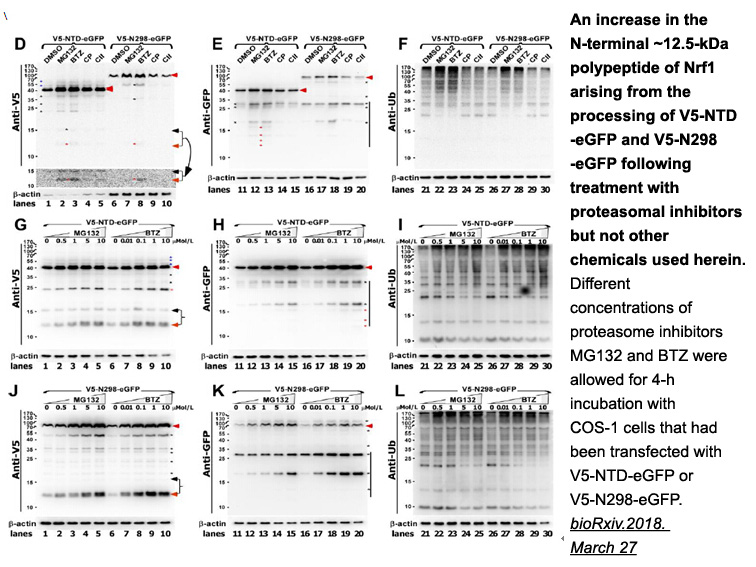
In previous works (Gotor-Vila et al., 2017c), differences in solubility between the two carriers used during formulation were evidenced. Summarizing, maltodextrin (BA3 product) resulted in a much more soluble product since this polysaccharide is typically composed of an amount of reducing sugars bet
-
In addition to cleaving ubiquitins off
2021-05-22
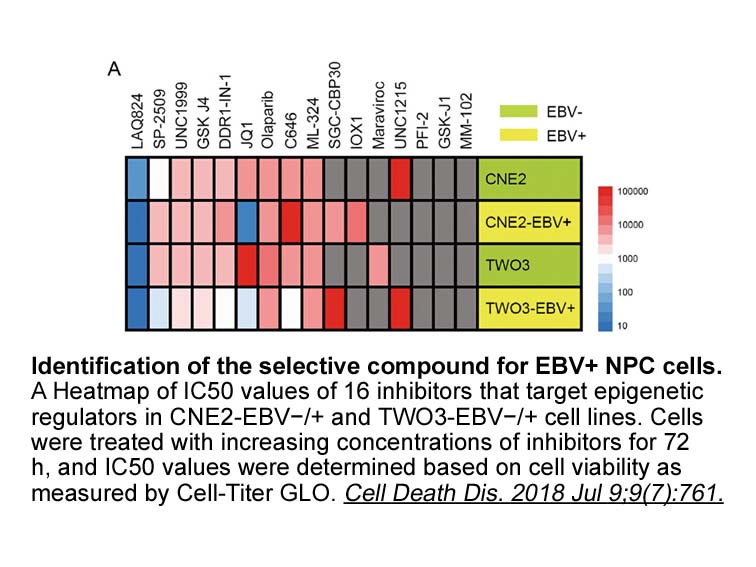
In addition to cleaving ubiquitins off modified proteins, DUBs can also cleave between ubiquitin moieties within a polyubiquitin chain to edit the ubiquitin signal. DUBs employ different strategies to recognize polyubiquitin (Figure 1). DUBs that rely only on interactions on the S1 site tend to be O
-
Methylation of histone tails is important in regulating chro
2021-05-22
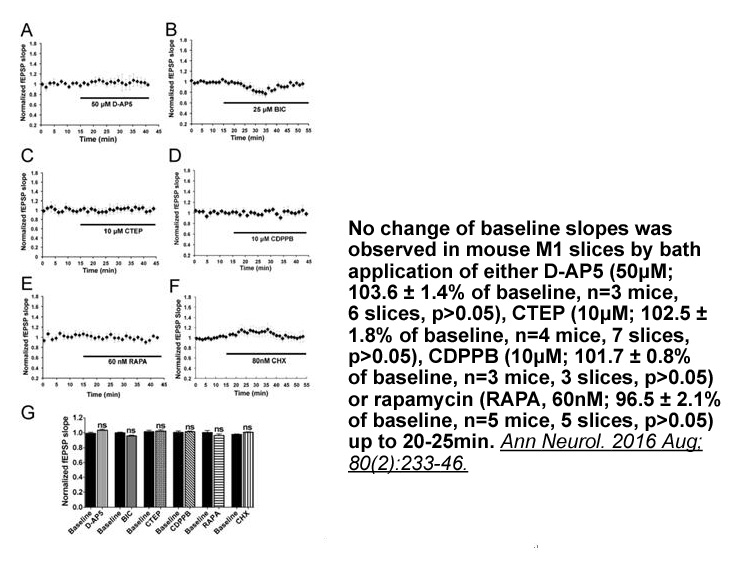
Methylation of histone tails is important in regulating alltrans mg structure and transcription. Methylation occurs at arginine and at mono-, di- or tri-methylated lysine residues. The reversibility of histone methylation was recently revealed by the identification of two histone demethylases, LSD1
-
YT Broth, 2X powder blend Beyond phosphorylation cancer cell
2021-05-22
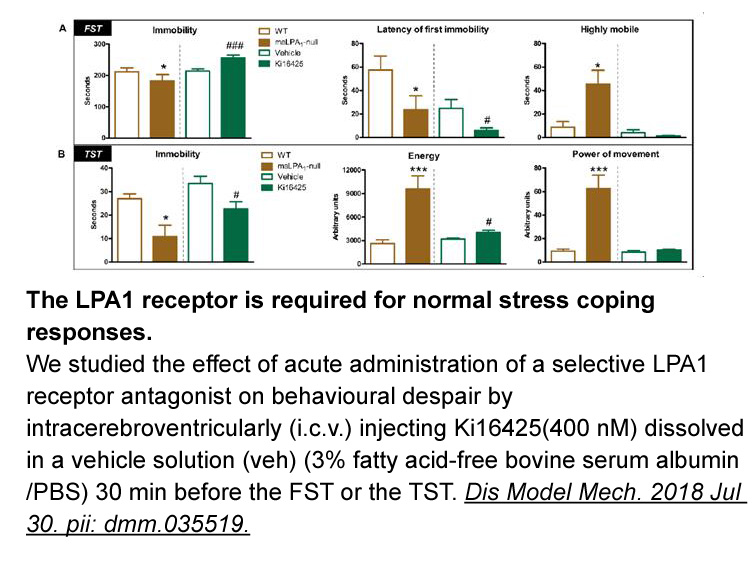
Beyond phosphorylation, cancer YT Broth, 2X powder blend may alter pyrimidine biosynthesis through the activation of the proto-oncogenic transcription factor MYC. MYC is a master regulator of many different pathways and has significant influence on the expression of nucleotide metabolism genes. Prev
-
Studies of Jelski and Szmitkowski show that differences
2021-05-22
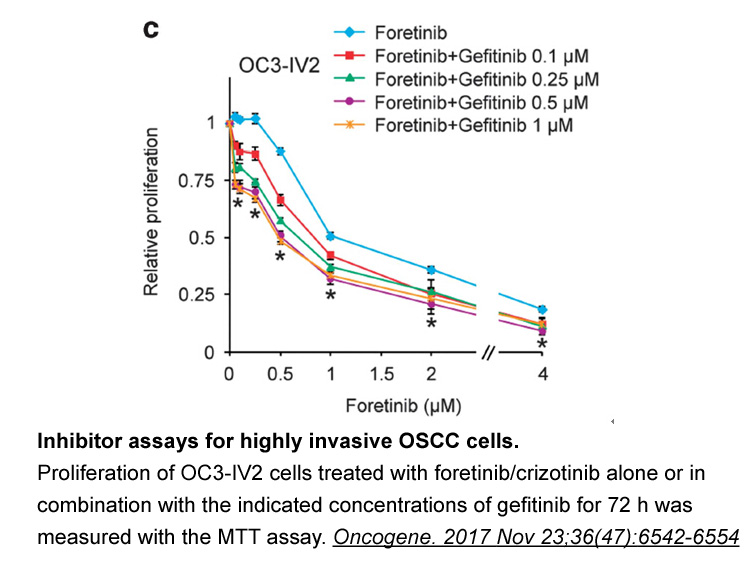
Studies of Jelski and Szmitkowski show that differences of alcohol dehydrogenase (ADH) and aldehyde dehydrogenase (ALDH) activity between herpes simplex virus of many cancers and healthy tissue may be one of the factors intensifying carcinogenesis [7]. Moreover, changes of ADH and ALDH activity in
-
TNF a major cytokine that is critical
2021-05-22
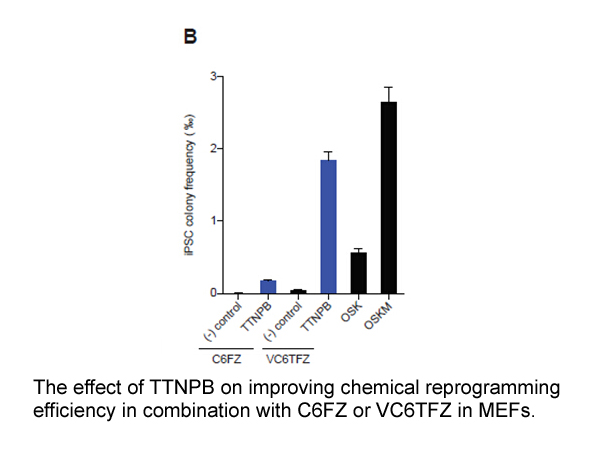
TNF-α, a major cytokine that is critical in acute and chronic inflammation, is responsible from chemotaxis, acute phase reactions and endothelial activation (Mahalingam and Karupiah, 1999). Our study showed that TNF-α is increased significantly in the pyelonephritic rats and montelukast displayed an
-
Our study demonstrated that the sequential events of PKA
2021-05-22
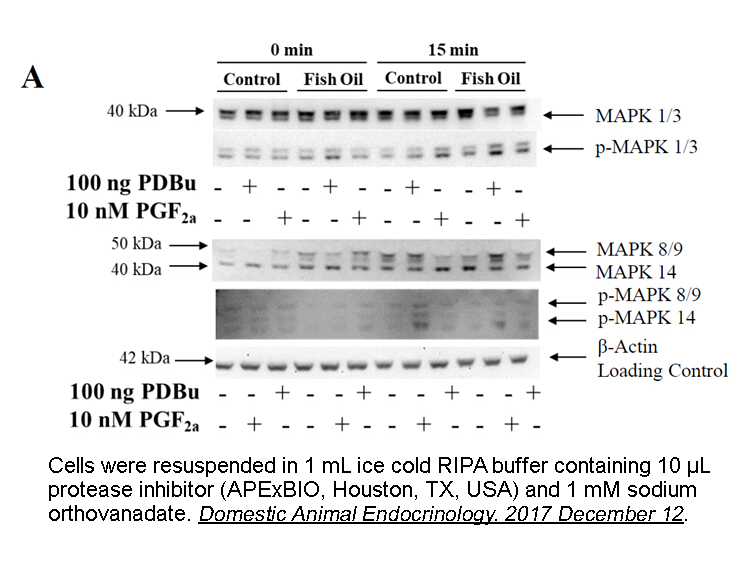
Our study demonstrated that the sequential events of PKA and AMPK activation were involved in kinsenoside-mediated lipolysis. Within 1 h, PKA transiently inhibited AMPK activation by mitigating LKB1-mediated AMPK phosphorylation at Thr172, and PKA reduced AMPK-mediated phosphorylation at HSL-Ser565
-
Wu et al explored the anti inflammatory
2021-05-22
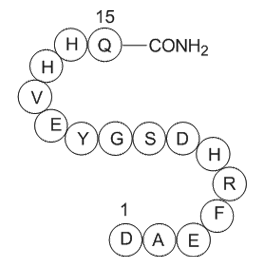
Wu et al. explored the anti-inflammatory mechanisms by which osthole 35 acted on HepG2 cells cultured in a differentiated medium from cultured 3T3-L1 preadipocyte cells. HepG2 cells, a human liver cell line, were treated with various concentrations of osthole 35 in differentiated media from cultured
-
ulixertinib On the other hand the
2021-05-21
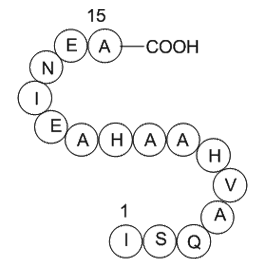
On the other hand, the properties of collagen materials could be efficiently improved by proper chemical modification. The crosslinking agents for collagen generally involve aldehydes (e.g., glutaraldehyde (GA), isocyanates (e.g., hexamethylene diisocyanate (HMDI), photoreactive agents, polyepoxy co
-
Taking all the data together we propose
2021-05-21

Taking all the data together, we propose the possible mechanism of glyphosate-induce cell proliferation via estrogen receptor signaling (Fig. 10). Glyphosate may bind to ERα followed by an activation step that starts with the phosphorylation of ERα and activation of other signaling proteins by phosp
-
Introduction The annual global market of industrial enzymes
2021-05-21
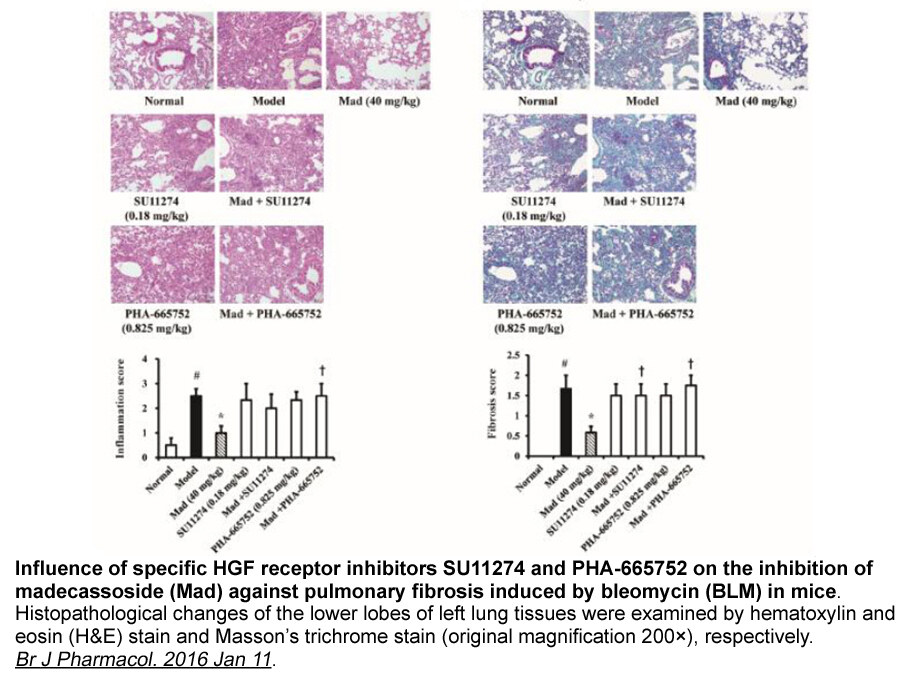
Introduction The annual global market of industrial Valrocemide is reported to be billions of USD [1], [2], [3], [4], [5], [6], [7], and impacts commercial sectors that include energy, animal feed, household products, food processing and pharmaceuticals [1], [2], [5], [6]. Enzymatic processing is e
16609 records 676/1108 page Previous Next First page 上5页 676677678679680 下5页 Last page